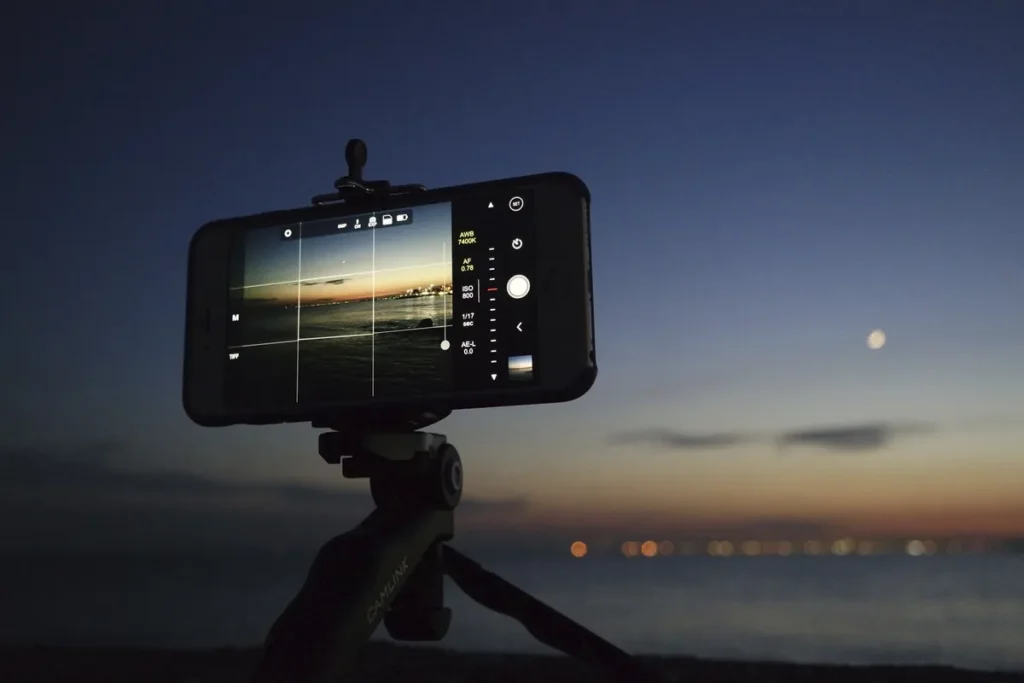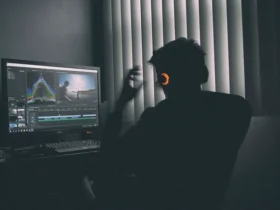How to Take Beautiful Pictures: A Comprehensive Guide
Photography is an art that allows us to capture moments, emotions, and stories in a single frame. Whether you are using a professional camera or just your smartphone, mastering the basics of photography can elevate your photos from average to stunning. In this guide, we’ll explore techniques, tips, and tools that will help you take beautiful pictures, regardless of your skill level or the equipment you have.
1. Understanding Your Camera
Before diving into specific techniques, it’s crucial to familiarize yourself with your camera. Whether it’s a DSLR, mirrorless camera, or smartphone, knowing how to control the following basic settings is key:
Exposure Triangle
- Aperture (f-stop): Controls the amount of light entering the lens. A low f-stop (e.g., f/2.8) creates a shallow depth of field, blurring the background for a dreamy effect, while a high f-stop (e.g., f/16) keeps more of the image in focus.
- Shutter Speed: Dictates how long the shutter remains open. Faster shutter speeds (e.g., 1/1000) freeze motion, while slower speeds (e.g., 1/30) create motion blur.
- ISO: Adjusts the camera’s sensitivity to light. A low ISO (100-400) is ideal for bright conditions, while a high ISO (800-3200) helps in low light but can introduce noise.
White Balance
White balance affects the color temperature of your image. Adjust this setting based on your lighting conditions to prevent unnatural tints (e.g., yellowish or bluish hues).
Focus
Autofocus can be helpful, but learning how to manually focus your camera gives you more creative control, especially when shooting subjects with intricate details.

2. Lighting: The Key to Beautiful Photos
Lighting is the foundation of photography, and understanding how to work with it is crucial to taking beautiful pictures.
Natural Light
Natural light can create soft, flattering images. Pay attention to:
- Golden Hour: The hour after sunrise and before sunset offers soft, warm light that’s ideal for portraits and landscapes.
- Blue Hour: The time just after sunset or before sunrise, providing a cooler, serene light.
- Midday Light: Harsh midday sun can cast strong shadows. Use diffusers or seek shade to soften the light.
Artificial Light
- Continuous Light: Allows you to see how light affects your subject in real-time.
- Strobes and Flash: Provide short bursts of light. You can manipulate this with reflectors or diffusers to soften shadows.
- Studio Lighting: In controlled environments, use softboxes, umbrellas, and other equipment to shape light and create the desired mood.
Direction of Light
- Front Lighting: When the light source is in front of your subject, it reduces shadows but can make the image appear flat.
- Backlighting: Placing the light source behind the subject creates a silhouette or halo effect. It adds drama but requires careful exposure control.
- Side Lighting: Adds depth and texture to your image by casting strong shadows on one side.
3. Composition: Creating Balanced and Captivating Shots
Rule of Thirds
The rule of thirds divides your frame into a 3×3 grid. Place your subject along these lines or at their intersections to create a balanced and visually appealing composition.
Leading Lines
Use natural lines within the scene (e.g., roads, rivers, or fences) to guide the viewer’s eye toward the subject. This technique adds depth and directs attention.
Symmetry and Patterns
Symmetrical compositions, where both sides of the image are balanced, provide a sense of harmony. Patterns, whether natural or man-made, are visually pleasing and create interest.
Framing
Look for natural frames within your scene—like doorways, windows, or tree branches—that draw attention to your subject.
Depth and Layers
Create a sense of depth by including foreground, middle ground, and background elements. Layering your composition this way adds dimension and makes your photo more dynamic.

4. Understanding Depth of Field
Depth of field (DOF) refers to the zone of sharp focus in your image. A shallow DOF (achieved with a wide aperture like f/2.8) isolates the subject by blurring the background, ideal for portraits. A deep DOF (using a narrow aperture like f/16) keeps more of the scene in focus, perfect for landscapes.
5. Mastering Color in Photography
Color Theory
Understanding color theory can help you create harmonious images:
- Complementary Colors: Colors opposite each other on the color wheel (e.g., blue and orange) create striking contrasts.
- Analogous Colors: Colors next to each other on the wheel (e.g., blue and green) result in more subdued, harmonious images.
Monochromatic and Minimalism
A monochromatic image (one color in varying shades) or minimalistic shots with simple color schemes can have a powerful impact, drawing attention to the subject without distractions.
6. Portrait Photography: Capturing Emotions
Focus on the Eyes
In portrait photography, sharp eyes are essential. Use a wide aperture to blur the background and keep the focus on your subject’s eyes, creating intimacy in the image.
Directing the Subject
Help your subject feel comfortable in front of the camera by giving gentle directions. Candid moments often produce more authentic expressions than stiff, posed shots.
Lighting in Portraits
Soft, diffused lighting is flattering for portraits. Avoid harsh, direct light that casts strong shadows on the face. Experiment with backlighting for a soft, glowing effect around your subject’s hair or silhouette.
7. Landscape Photography: Capturing the Majesty of Nature
Find the Perfect Spot
Research your location beforehand to understand its lighting conditions, angles, and weather. Arrive early or stay late to capture the magic of golden hour.
Use a Tripod
Stability is key in landscape photography, especially when using slower shutter speeds. A tripod allows you to keep the camera still and maintain clarity.
Incorporate Foreground Elements
Adding something in the foreground, such as rocks, flowers, or a person, can provide a sense of scale and lead the viewer’s eye deeper into the scene.
8. Action Photography: Freezing Motion
Use Fast Shutter Speeds
When capturing moving subjects, like athletes or wildlife, set your camera to a fast shutter speed (e.g., 1/1000) to freeze the action. For a more creative approach, use a slower shutter speed to introduce motion blur.
Anticipate the Action
Predicting where the action will happen allows you to be prepared. Focus on the subject beforehand, and use continuous shooting mode to capture the decisive moment.
9. Post-Processing: Bringing Your Images to Life
Basic Edits
- Exposure: Adjust brightness, contrast, and shadows to achieve a balanced image.
- Color Correction: Fine-tune white balance and saturation to make colors pop.
- Sharpening: Enhance details in your image by sharpening edges.
Advanced Editing
- Dodging and Burning: Brighten or darken specific areas of your photo to guide attention or enhance mood.
- Removing Distractions: Use the clone or healing tool to remove unwanted objects or blemishes.

10. Experiment and Break the Rules
While mastering the basics is crucial, some of the most beautiful images come from breaking the rules. Play with unusual angles, experiment with extreme exposures, or embrace imperfections to create unique and personal photos.
Try Different Perspectives
Instead of shooting from eye level, try getting low to the ground or climbing higher for a bird’s-eye view. Changing your perspective can lead to more engaging compositions.
Embrace Imperfections
Not every photo needs to be perfect. Sometimes, a blurry shot can convey motion, or an overexposed image can feel ethereal. Don’t be afraid to take risks and step out of your comfort zone.
11. Practice, Patience, and Persistence
Photography is a skill that takes time and practice to master. Take your camera with you wherever you go, experiment with different settings, and don’t get discouraged if your shots don’t turn out as expected. The more you shoot, the more you’ll develop your eye for what works and what doesn’t.
Conclusion
Taking beautiful pictures is a blend of technical skill, creative vision, and practice. By understanding your camera, mastering light, and composing your shots thoughtfully, you’ll be able to capture stunning images that tell a story.
Whether you’re photographing landscapes, portraits, or everyday moments, remember that the beauty of photography lies in capturing your unique perspective. So, go out, experiment, and enjoy the journey of creating beautiful pictures!
See more:
Quais São as Melhores Plataformas para Promover Músicas de Forma Gratuita para Iniciantes?












Leave a Reply